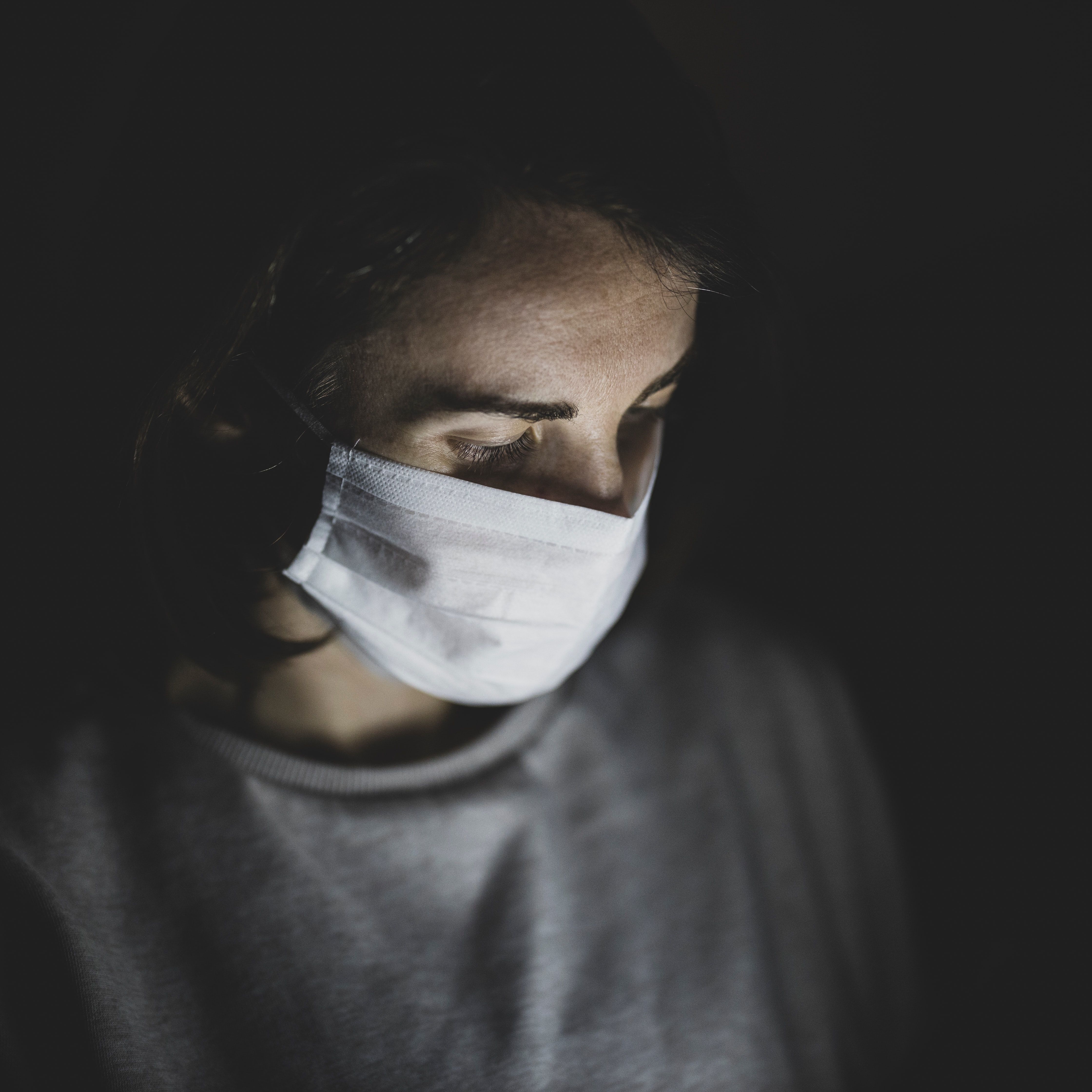Article
Atypical Thyroid Inflammation Observed in Early COVID-19 Patients
Author(s):
In ENDO 2021 data, approximately one-third of an observed COVID-19 patient population in Italy was still experiencing signs of thyroid inflammation after 3 months,

Persistent atypical thyroid gland inflammation may be prevalent in patients with COVID-19, according to new findings from a three-month assessment conducted during the beginning of the pandemic.
In data presented by a team of Italian investigators at ENDO 2021 this weekend, approximately one-third of an observed patient population to had been diagnosed with moderate to severe COVID-19 during the early outbreak in Europe was still experiencing signs of thyroid inflammation after 3 months, despite thyroid function having already normalized.
The dysfunction triggered by COVID-19 does not appear to be mediated by autoimmunity, investigators observed, and therefore warrants follow-up research in the event that patients may be at risk of permanent thyroid dysfunction.
Investigators, led by Ilaria Muller, MD, PhD, of the University of Milan, conducted a longitudinal follow-up study of patients to survive moderate to severe COVID-19 following hospitalization in acute medical units at a facility in Milan. Patients observed for this study had no history of thyroid disorders and/or treatment thereof.
Muller and colleagues assessed patients for serum thyroid function and autoantibodies, C reactive protein (CRP), full blood count (FBC), and thyroid ultrasound for every 3 months.
At the time of the ENDO 2021 presentation, 53 patients had been included in the follow-up trial. At 3 months following COVID-19 infection, all patients presented with increased median serum TSH concentrations from baseline. Serum concentrations of free-thyroxine, free0triiodothyronine, CRP, and FBC had normalized from baseline.
Negative autoantibodies to the TSH receptor were observed in all patients.
They observed atypical subacute thyroiditis in 15% of patients hospitalized for COVID-19—a significant increase from the 1% observed with such presentations in the same facility during spring 2019, prior to the pandemic.
“The atypical thyroiditis induced by COVID-19 is not associated with neck pain, affects more men than women and especially those severely ill, thus coexists with non-thyroidal illness syndrome,” investigators wrote. “Subacute thyroiditis is classically followed by subsequent occurrence of permanent thyroid dysfunction and autoimmunity, thus we have started a systematic follow-up program of these patients.”
In a statement accompanying the findings, Muller stressed the importance of continued monitoring for such uniquely affected COVID-19 patients.
“It is important to know whether SARS-CoV-2 virus has late-onset negative effects on the thyroid gland, in order to promptly diagnose, and eventually treat, the condition,” Muller said.
The study, “Early Follow-up of Atypical Thyroiditis Induced by SARS-CoV-2,” was presented at ENDO 2021.




